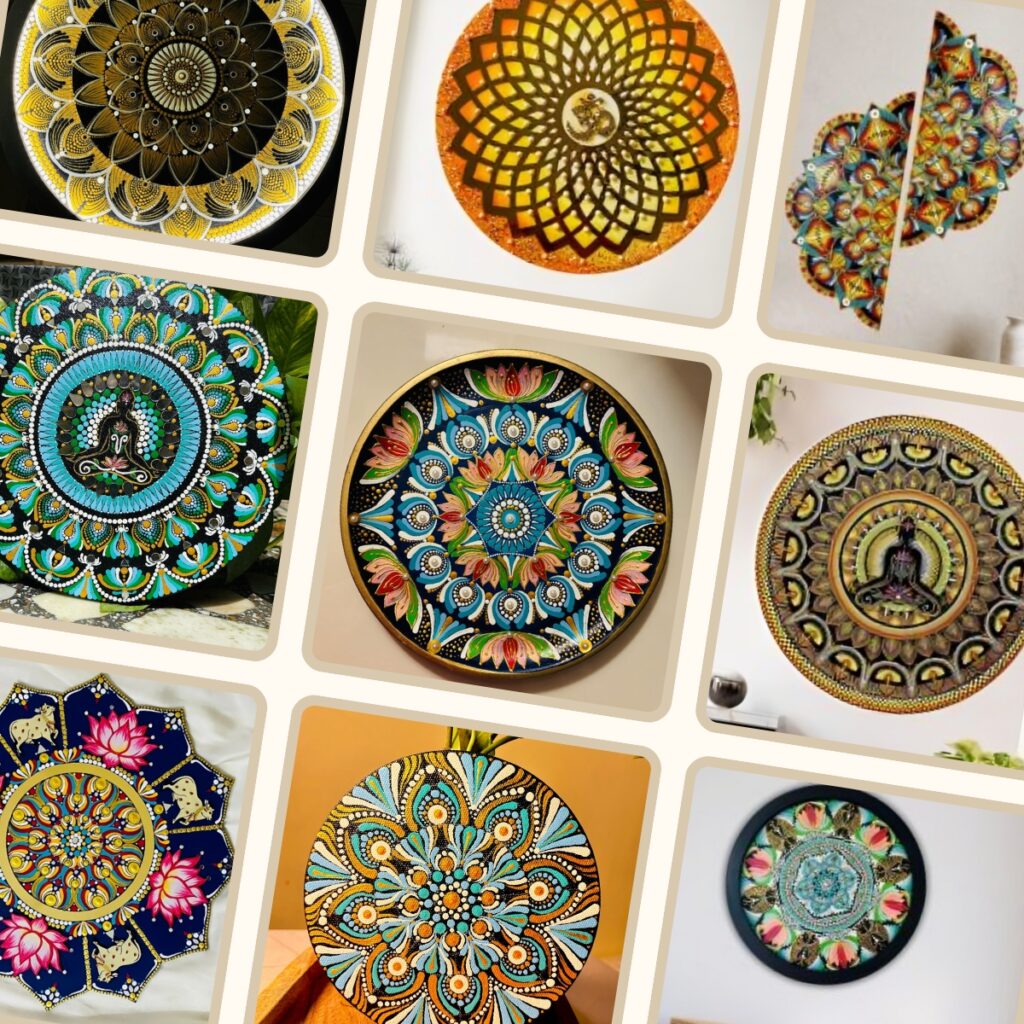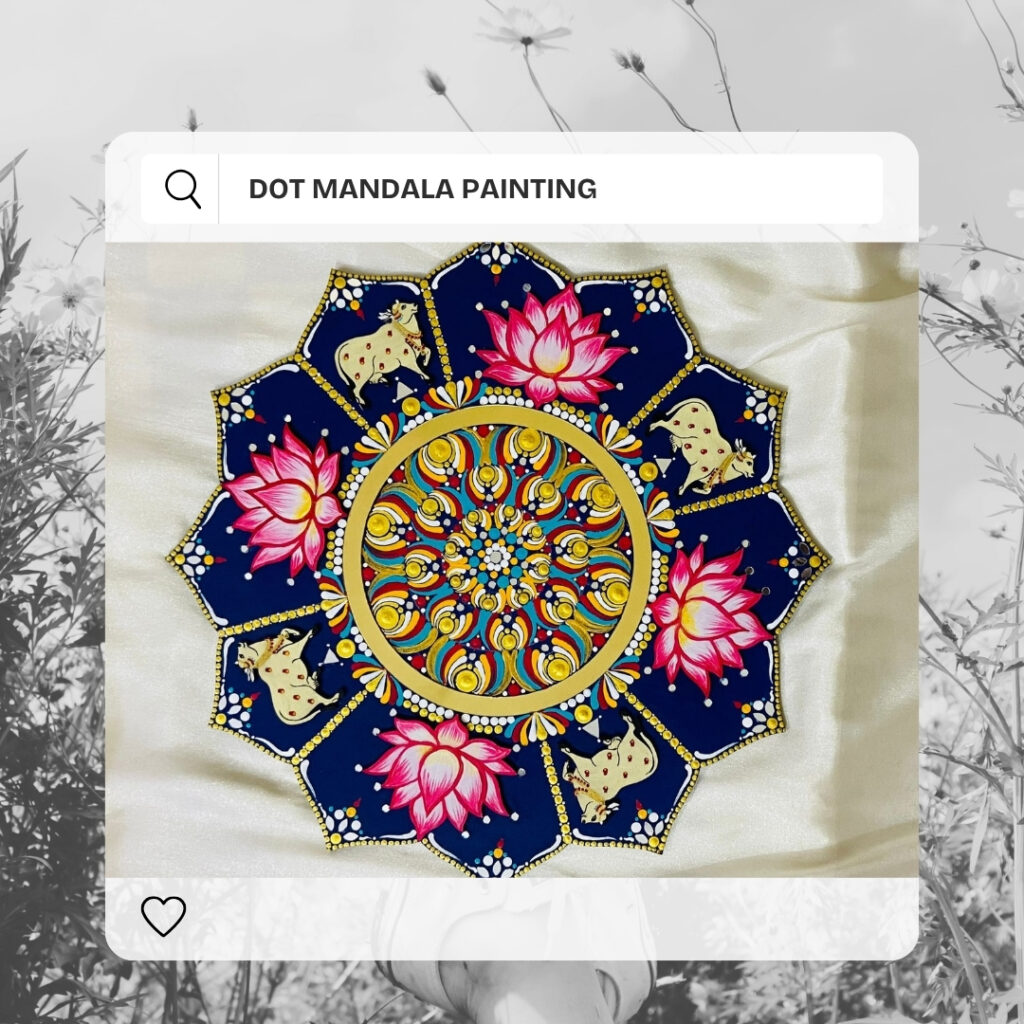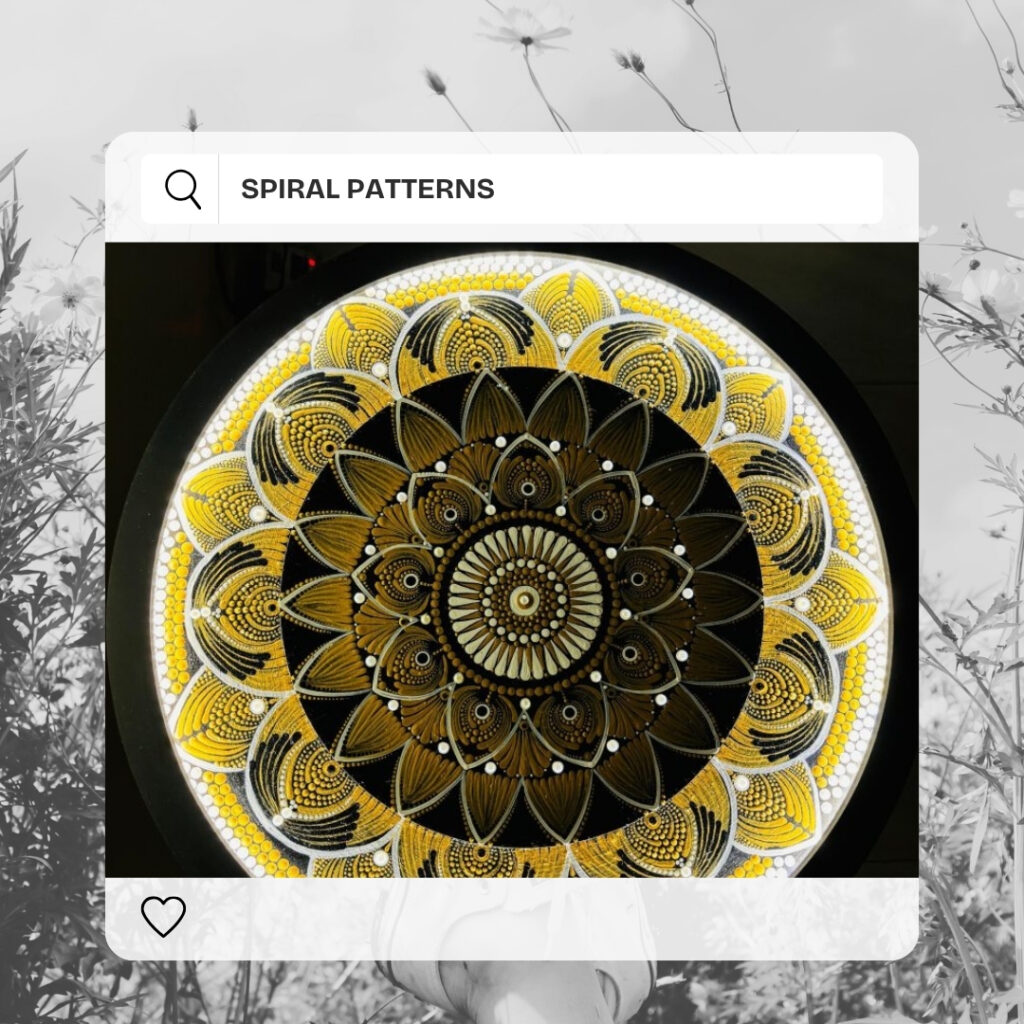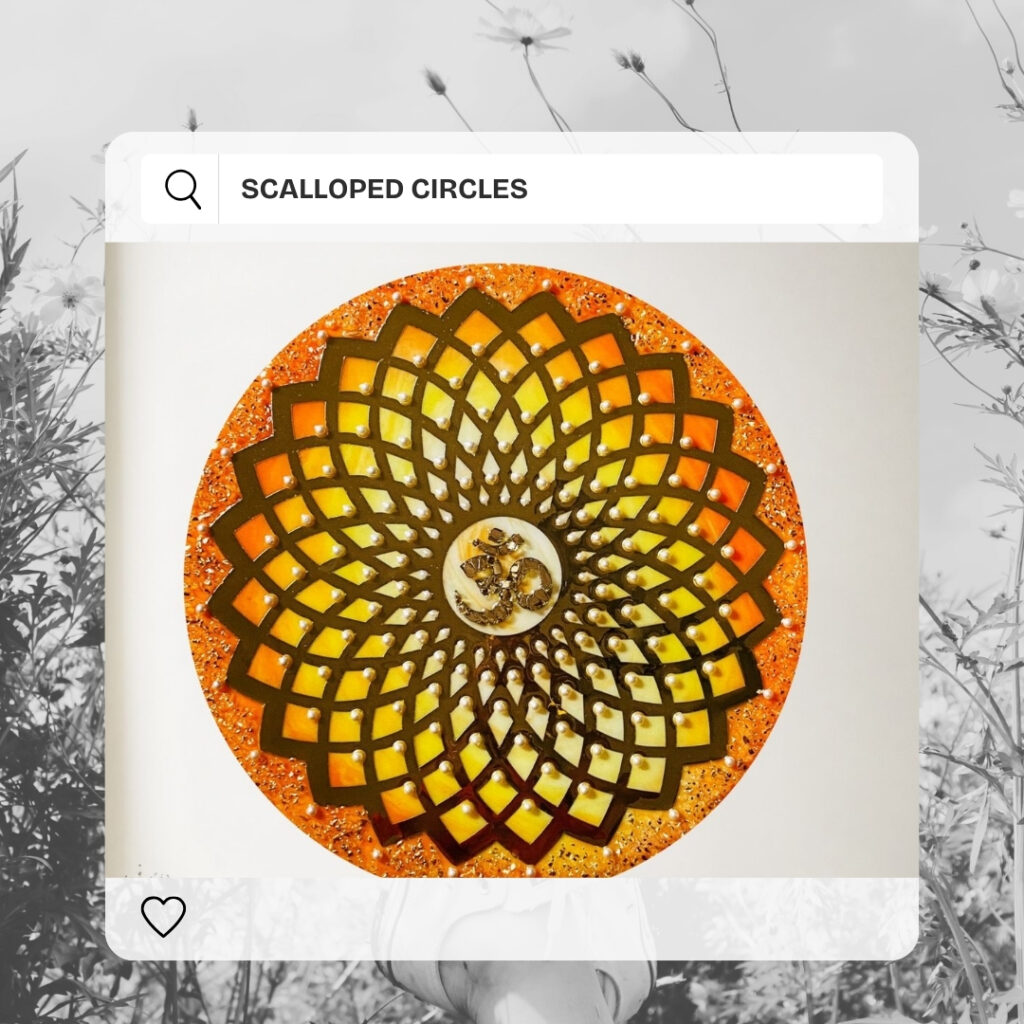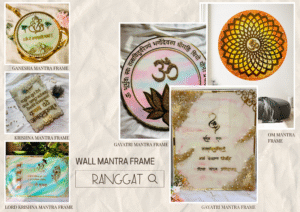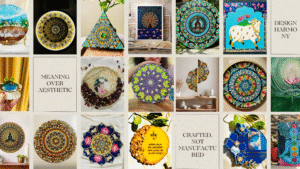In Buddhism and Hinduism, mandalas are elaborate, symmetrical patterns that symbolize the universe. However, mandalas have transcended their spiritual roots to become a universal representation of creativity, concentration, and meditation. It’s essential to start with the fundamentals if you’re new to the peaceful world of mandala art. These five basic mandala designs are easy to learn, calming, and the ideal starting point for your artistic journey.
1. Dot Patterns
Why it’s great for beginners: One of the most basic mandala designs is the dot pattern, which requires little sketching ability. They help to create symmetry and balance and are the cornerstone of many intricate mandalas.
How to start: Start with a central dot and use evenly spaced dots to extend outward in circles. A pencil, pen, or even an ink-dipped toothpick or dotting tool can be used.
Tip: Draw guide circles for spacing using a compass and ruler.
2. Petal Patterns (Lotus Motifs)
Why it’s great for beginners: Inspired by the lotus flower, petal designs are elegant and simple to learn. They stand for spiritual awakening and purity.
How to start: Draw a few simple petal forms in circular symmetry from a central point. By sketching a second or third row below the first, you can layer the petals and gradually improve their complexity.
Tip: Make sure your lines are even and bright. An attractive rhythm is created by consistent petal size.
3. Geometric Grids (Triangles & Squares)
Why it’s great for beginners: Basic grids, triangles, and squares give mandalas a solid structural base. They help to improve spatial awareness and accuracy.
How to start: To construct grid portions, draw a sequence of radial lines (similar to slicing a pizza) and then overlay them with vertical or horizontal lines. Anchor motifs or patterns using these intersections.
Tip: For improved symmetry, start with six to eight radial lines and maintain uniform angles.
4. Spiral Patterns
Why it’s great for beginners: Mandalas are made more dynamic and flowing by spirals. They are ideal for artistic expression since they symbolize development and expansion.
How to start: Draw an outward spiraling line starting in the center. Using dots, lines, or small designs like stars or leaves, adorn it.
Tip: Don’t worry about being flawless. Flow is more important in spirals than accuracy.
5. Scalloped Circles
Why it’s great for beginners: These give mandalas a beautiful border look and resemble repeating arches or U-shapes.
How to start: Draw a simple circle. Next, surround the edge with a row of small curves or arches. To produce a flowering mandala look, repeat the procedure in layers.
Tip: This pattern is easy for calming practice sessions and is simple to repeat.
Mandalas are more than just artwork; they are a way for people to express themselves and meditate. These five basic mandala patterns are excellent stepping stones for beginners. Practice them regularly, and you’ll soon find yourself creating more detailed and personalized mandalas. Remember, there’s no right or wrong in mandala art — just your unique creative rhythm.
So grab your pen or pencil, find a peaceful corner, and let the mandala magic begin!

